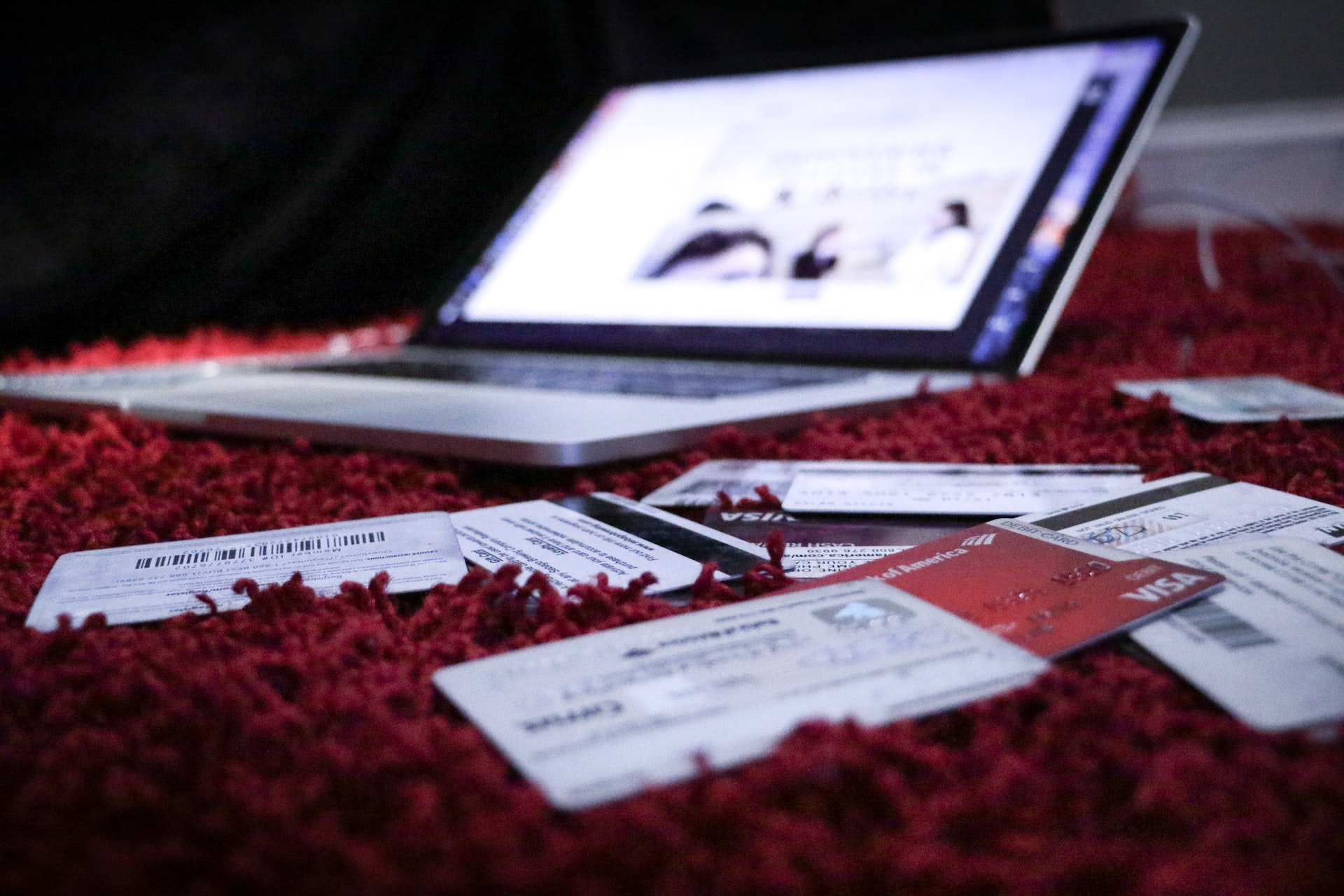There is no such thing as free money, even if you’re out in the park one day and a huge bag of cash drops out of the sky at your feet. Thinking they just got a big bag of free money, far too many people would rush out and spend it.
And, if you’re one of them, that’s all well and good.
However, you might want to give this a read, just so you have a different perspective in mind should that proverbial bag of cash ever land at your feet. Here’s a hint though, the answer is yes—absolutely, if you’re asking, “Should I use a windfall to pay off credit card debt?”
Why Pay Off Credit Card Debt?
Ok, so let’s say you’re carrying $10,000 in credit card debt at 21% interest and you suddenly come into possession of $10,000 in cash. Let’s also say the minimum monthly payment on that debt is $275. You’ll need five years to pay that debt in full and you will hand over $6,035.79 in interest to do so. Use the windfall to eradicate that debt and you’ll save over $6,000 in the process.
How?
OK, so let’s say you put the $10,000 in a savings account instead. Best case, in regular savings, account you’ll earn maybe 4%. Meanwhile, the average interest rate on credit card debt is right around 21%. This means you’re actually losing 17% every month you carry that $10,000 credit card balance over.
Experts at Freedom Debt Relief, a top debt relief company, highly recommend this approach as one of their best credit card debt relief strategies.
What if it isn’t Enough to Pay Them All?
Worst-case scenario, you should at least pay off the ones with the highest interest rates. This will put you in a good position to pay off the rest for less cash and potentially much faster. With the largest interest payments out of the way, you can snowball or avalanche the remaining debts and clear them much sooner.
Both strategies will have you initially making minimum payments on all of the debts, save the one you choose to eradicate first. You’ll attack the lowest balance first if you snowball and the highest interest rate first if you avalanche.
Rather than divide whatever monies you have to pay on the accounts each month evenly among all your debts, make minimum payments on all of them, and save the one you decide to attack first. Apply all of the rest of the money to that debt. Continue doing so each month until it is paid in full. You can then take that money, plus the minimum payment you were applying to the next one in line, and repeat the process.
Keep going in this fashion, eventually, all of the money you divided previously will be applied to the last one in line. This will make paying it off much faster.
Once all of the debts are cleared, you can then begin to save and invest all of that money each month, edging ever closer to your ultimate financial goals.
The Bottom Line
Coming into possession of a financial windfall is a perfect opportunity to get yourself closer to achieving or exceeding your long-term financial goals. Yes, the temptation to go out a get a new—whatever—will be great. However, delaying that gratification until later will position you to enjoy that toy even more, because you’ll be doing so debt-free.
Photo by Dylan Gillis on Unsplash

